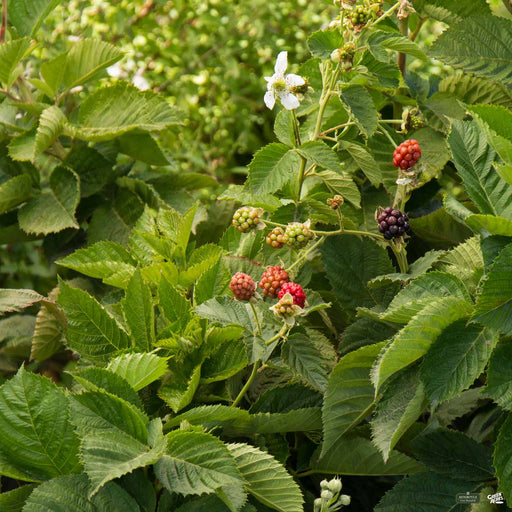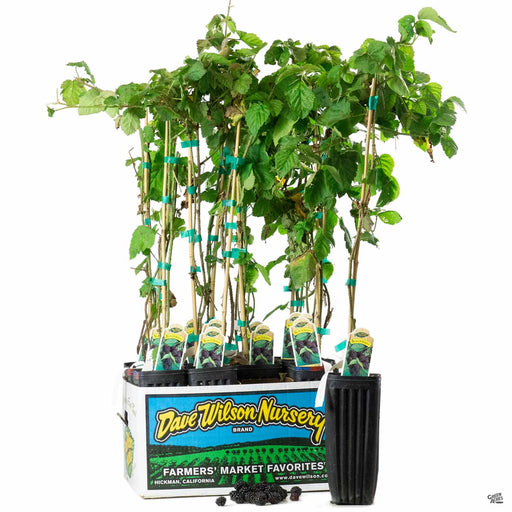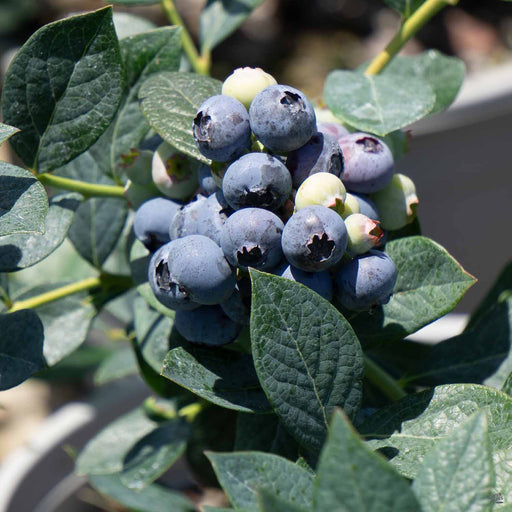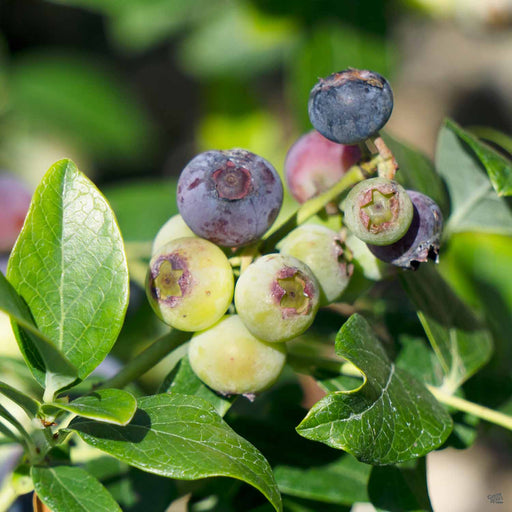Self-pollinating, clumping, thornless Blackberry produces deliciously sweet fruit without the pokes or wild growth. Clusters of white flowers in spring bear large, juicy blackberries through the summer. Compact habit lends well to containers, hedges, or along a trellis.
Plant with Trailing Rosemary
Characteristics
-
Landscape Size: 4'-5' tall, 3'-4' wide
-
Light Requirement: Full Sun
-
Water Needs: Moderate
-
USDA Zone: 6a
-
Growth Habit: Upright, Spreading
-
Growth Rate: Fast
-
Attributes: Deciduous, Attracts Birds, Attracts Butterflies, Fruiting, Edible Fruit
See Green Thumb Guide below for region specific information.
ebstone-organics-surestart,rosemarytrailing,corona-174-forged-bypass-pruner,ebstone-organics-allpurposeplantfood,hestra-robin-synthetic-gloveebstone-organics-surestart,strawberry-albion,ebstone-organics-azaleacamelliaplantingmix,raspberry-shortcake-monrovia,ebstone-organics-azaleacamelliagardeniafood
Green Thumb Guide
Thrives in enriched, well draining, slightly acidic soil. After harvest, prune down older canes that have fruited all the way to the ground, leaving new canes to fruit next year. Remove all dead canes early spring. Feed with an all purpose fertilizer early spring before new growth, and again during summer.
These characteristics apply to the greater Sacramento area and nearby regions.
Live outside of our area? Please check with your local cooperative extension for the best growing practices in your neck of the woods
Visit: UC Cooperative Extension Offices (Opens in new window)
Visit: National County Extension Offices (Opens in new window)
Green Thumb Guide
Thrives in enriched, well draining, slightly acidic soil. After harvest, prune down older canes that have fruited all the way to the ground, leaving new canes to fruit next year. Remove all dead canes early spring. Feed with an all purpose fertilizer early spring before new growth, and again during summer.
These characteristics apply to the North Texas area and nearby regions.
Live outside of our area? Please check with your local cooperative extension for the best growing practices in your neck of the woods
Visit: Texas A&M Extension Offices (Opens in new window)
Visit: National County Extension Offices (Opens in new window)







